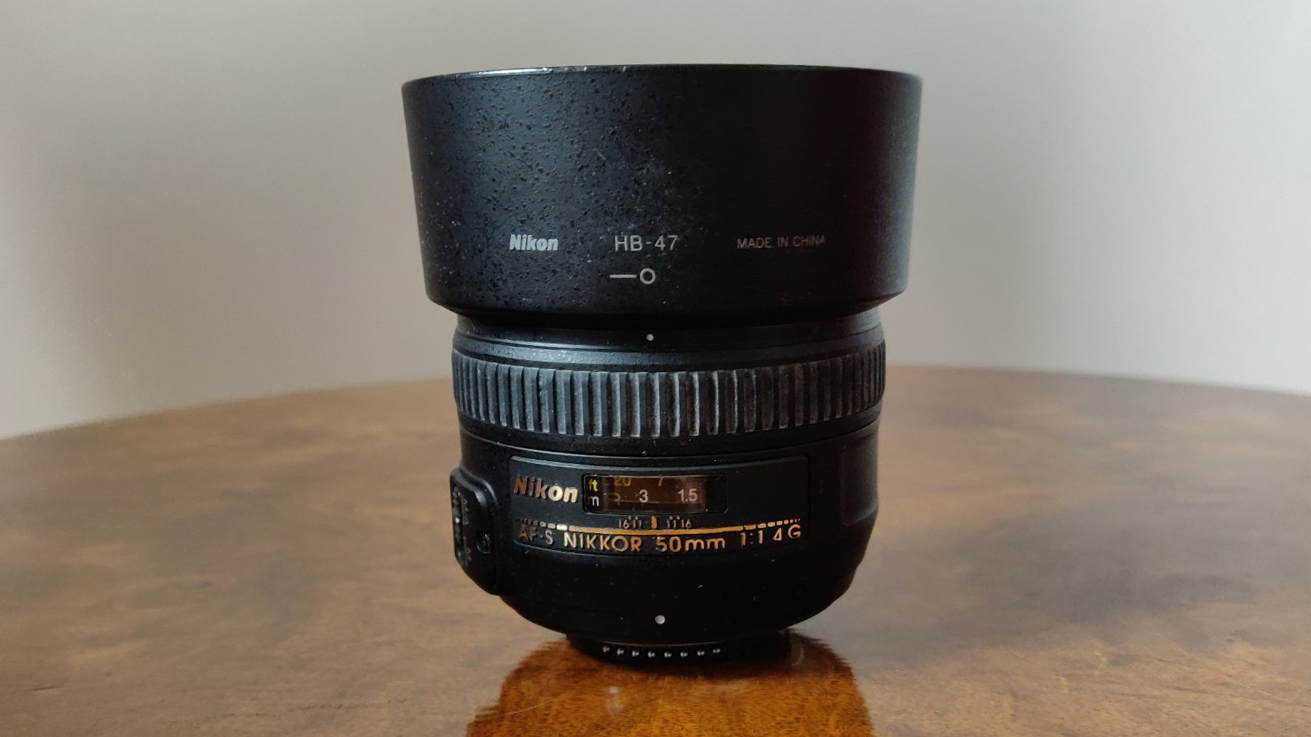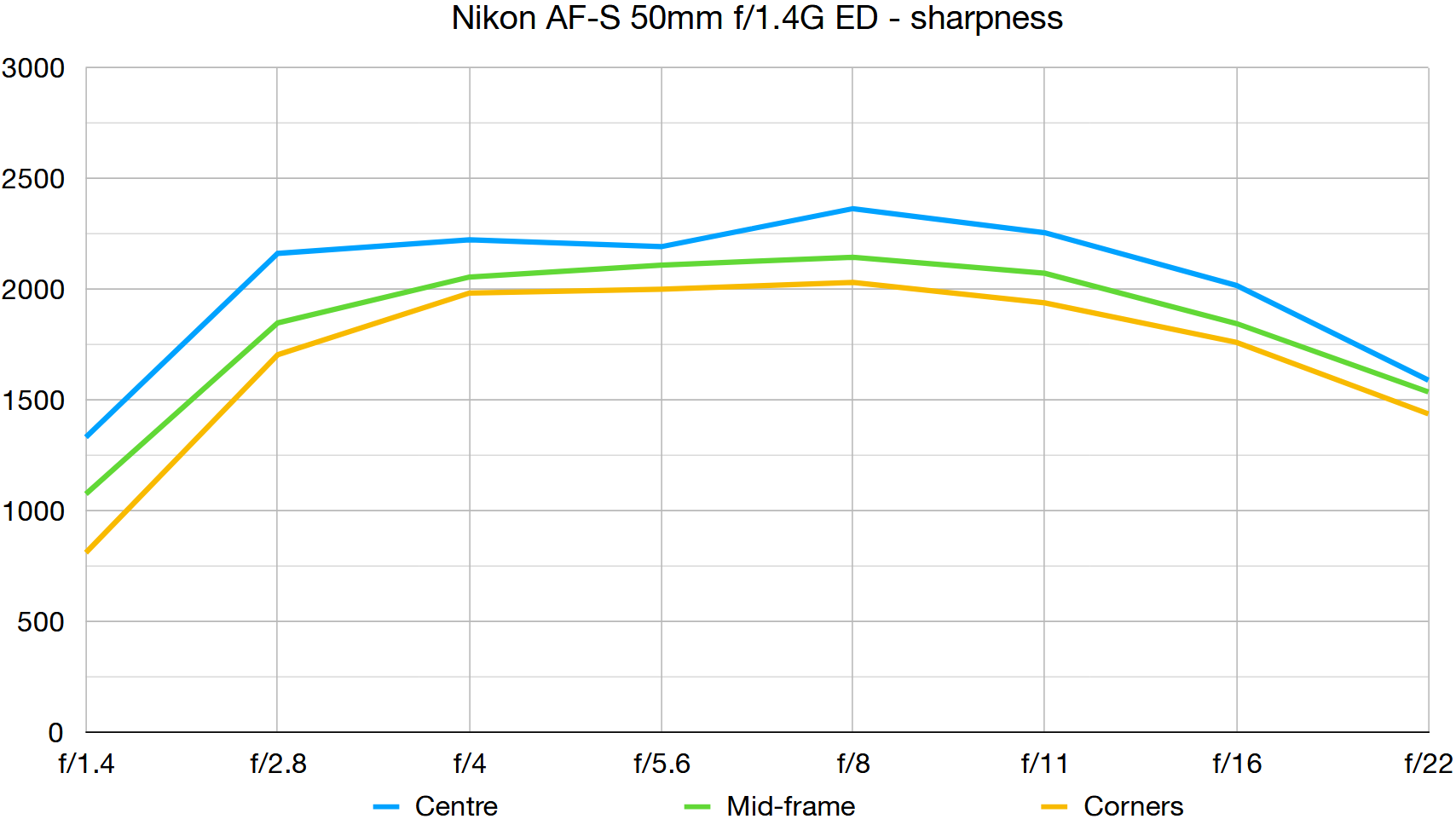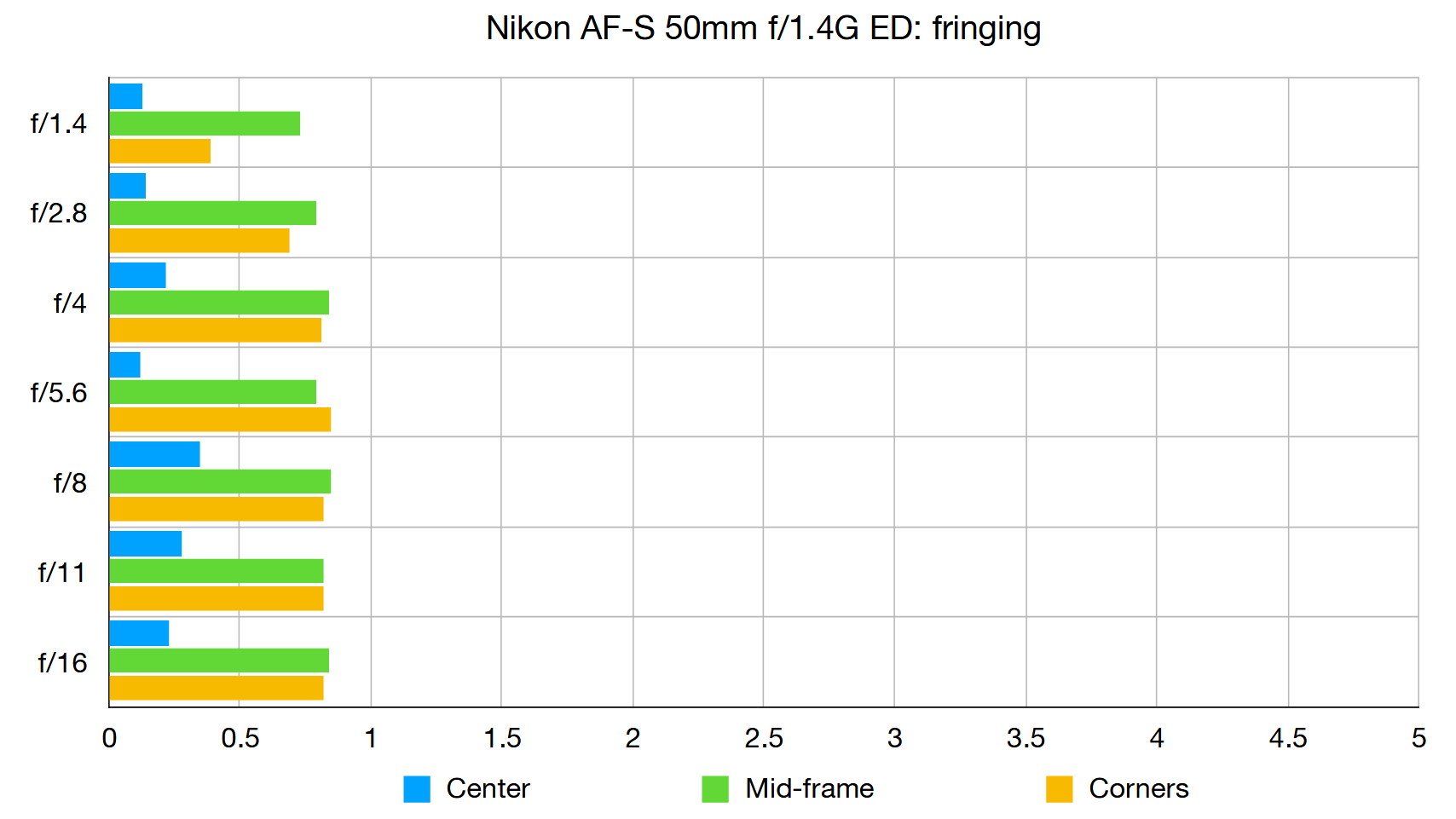Digital Camera World Verdict
Some recent lenses go all out for performance and quality, giving any notion of compactness the cold shoulder. This Nikon lens harks back to 2008, when 12-megapixel image sensors put less stringent demands on the resolving power of lenses. Even so, it delivers very pleasing image quality from a refreshingly small and easily manageable build, weighing in at just 280g. Not just for full-frame cameras, it also works a treat as a portrait prime on Nikon’s DX (APS-C) bodies, with an effective focal length of 75mm.
Pros
- +
Compact and lightweight
- +
Ring-type ultrasonic autofocus
- +
Very pleasing image quality
Cons
- -
A touch of barrel distortion
- -
Fairly basic optical design
- -
Not extensively weather-sealed
Why you can trust Digital Camera World
Compared with the comparatively recent Sigma 50mm f/1.4 Art lens that’s available in Nikon F-mount, this own-brand Nikon lens is only half the physical length and about a third of the weight. That’s mostly down to a much simpler optical design that’s based on eight rather than 13 elements. It’s therefore much easier to squeeze the Nikon lens into a spare corner of your gadget bag, and it’s less of a handful to shoot with. Indeed, the lens has a 58mm filter thread that’s no larger than that of its AF-S 50mm f/1.8G sibling. The main upsides of the f/1.4 lens are that it enables faster shutter speeds and a tighter depth of field.

Specifications
Mount: Nikon F (FX)
Full-frame: Yes
Autofocus: Yes
Stabilisation: No
Lens construction: 8 elements in 7 groups
Angle of view: 46 degrees
Diaphragm blades: 9
Minimum aperture: f/16
Minimum focusing distance: 0.45m
Maximum magnification ratio: 0.15x
Filter size: 58mm
Dimensions: 74x54mm
Weight: 280g
Key features
Autofocus is quick and whisper-quiet, based on a conventional ring-type ultrasonic system. Typical upsides include mechanically-linked full-time manual override and a focus distance scale beneath a viewing panel. The inclusion of an in-lens autofocus motor also enables autofocus with the likes of Nikon D3xxx and D5xxx cameras, which lack in-body AF motors. The same goes for Z system mirrorless cameras, via an FTZ or FTZ II mount adapter.
The straightforward optical path doesn’t contain an aspherical element (as featured in the Nikon AF-S 50mm f/1.8G), there are no ED (Extra-low Dispersion) elements and no Nano Crystal Coat. Indeed, it’s a very traditional design but it does feature a well-rounded 9-blade aperture diaphragm, whereas the f/1.8 lens only has 7 blades. Super Integrated Coating is on hand to reduce ghosting and flare, and the lens is supplied complete with a bayonet-fit hood and carrying pouch.
Performance
Centre-sharpness is good at f/1.4, becoming excellent by the time you hit f/1.8. Corner-sharpness is less impressive when shooting wide-open, but still becomes highly impressive at f/2.8 and narrower apertures. The nine-blade diaphragm helps to maintain smooth bokeh when stopping down a little, with a very noticeable improvement over Nikon’s AF-S 50mm f/1.8G.
Lab results
We run a range of lab tests under controlled conditions, using the Imatest Master testing suite. Photos of test charts are taken across the range of apertures and zooms (where available), then analyzed for sharpness, distortion and chromatic aberrations.
We use Imatest SFR (spatial frequency response) charts and analysis software to plot lens resolution at the center of the image frame, corners and mid-point distances, across the range of aperture settings and, with zoom lenses, at four different focal lengths. The tests also measure distortion and color fringing (chromatic aberration).
Sharpness:

Center-sharpness is pretty good wide-open and becomes excellent from f/1.8 right through to f/16. Corner-sharpness is highly impressive in the range of f/2.8 to f/16, but relatively mediocre at f/1.4.
Fringing:

Lateral chromatic aberration is minimal but longitudinal or axial chromatic aberration, often referred to as ‘bokeh fringing’ can be a little noticeable.
Distortion: -1.71
Many 50mm standard prime lenses are pretty much distortion-free, but this one does produce a little barrel distortion that can be noticeable when uncorrected.
Verdict
Some recent lenses go all out for performance and quality, giving any notion of compactness the cold shoulder. This Nikon lens harks back to 2008, when 12-megapixel image sensors put less stringent demands on the resolving power of lenses. Even so, it delivers very pleasing image quality from a refreshingly small and easily manageable build, weighing in at just 280g. Not just for full-frame cameras, it also works a treat as a portrait prime on Nikon’s DX (APS-C) bodies, with an effective focal length of 75mm.
Read more:
• Best camera lenses to get
• Best Canon lenses
• Best Nikon lenses
• Best Sony lenses
Matthew Richards is a photographer and journalist who has spent years using and reviewing all manner of photo gear. He is Digital Camera World's principal lens reviewer – and has tested more primes and zooms than most people have had hot dinners!
His expertise with equipment doesn’t end there, though. He is also an encyclopedia when it comes to all manner of cameras, camera holsters and bags, flashguns, tripods and heads, printers, papers and inks, and just about anything imaging-related.
In an earlier life he was a broadcast engineer at the BBC, as well as a former editor of PC Guide.


